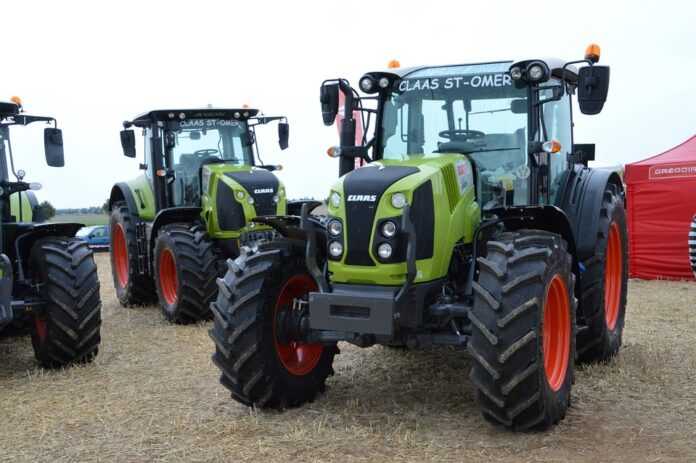Circular Economy Practices in Farm Machinery Recycling and Reuse
In recent years, the concept of a circular economy has gained traction in various industries, including agriculture. The idea behind a circular economy is to minimize waste and maximize the value of resources by keeping them in use for as long as possible through recycling, reusing, and remanufacturing. This approach is particularly relevant in the context of farm machinery, where equipment can be expensive, and the environmental impact of manufacturing and disposing of machinery is significant.
The Need for Sustainable Practices in Farm Machinery
The agricultural sector relies heavily on machinery to improve efficiency, increase productivity, and reduce labor costs. However, the production and disposal of farm machinery contribute to environmental degradation through the extraction of raw materials, energy consumption, and greenhouse gas emissions. As a result, there is a growing push for sustainable practices in farm machinery manufacturing, use, and disposal.
Financial Implications of Circular Economy Practices
Implementing circular economy practices in farm machinery recycling and reuse can have both financial and environmental benefits. By prolonging the lifecycle of machinery through repairs, refurbishment, and remanufacturing, farmers can save on the cost of purchasing new equipment. Additionally, recycling materials from old machinery reduces the need for virgin resources, which can lead to cost savings and lower environmental impact.
According to a report by the Ellen MacArthur Foundation, transitioning to a circular economy in agriculture could generate $2.7 trillion in additional value by 2030. This value comes from cost savings, increased productivity, and new business opportunities created by reusing and recycling materials.
Industry Insights and Best Practices
Several companies in the agricultural sector are already embracing circular economy practices in farm machinery recycling and reuse. John Deere, a leading manufacturer of agricultural equipment, offers a remanufacturing program where old parts are refurbished and sold as good as new. This not only reduces waste but also provides cost-effective solutions for farmers in need of replacement parts.
Another example is CNH Industrial, which has implemented a take-back program for its farm machinery. Through this program, farmers can return their old equipment to be disassembled and recycled, with the materials being used to manufacture new machinery. This closed-loop system reduces the environmental impact of disposal while creating a sustainable supply chain for the company.
Trends and Future Outlook
The adoption of circular economy practices in farm machinery recycling and reuse is expected to grow in the coming years as awareness of sustainability issues increases and regulations on waste management tighten. Companies that embrace these practices early on stand to benefit from cost savings, improved brand reputation, and access to new markets.
In addition, advancements in technology, such as the use of digital platforms for equipment tracking and monitoring, can facilitate the implementation of circular economy practices in the agricultural sector. By collecting data on equipment usage, maintenance needs, and end-of-life options, farmers and manufacturers can make informed decisions that maximize the value of resources and minimize waste.
Overall, the shift towards a circular economy in farm machinery recycling and reuse represents a significant opportunity for the agricultural sector to reduce its environmental footprint, improve resource efficiency, and create value for stakeholders across the value chain. By adopting sustainable practices and innovative solutions, companies can not only contribute to a more sustainable future but also drive economic growth and competitiveness in the long run.




